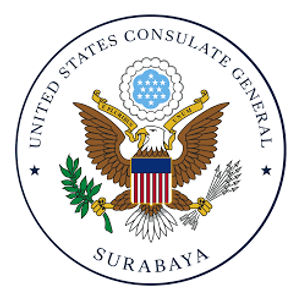Biu gancan
From BASAbaliWiki
Root
Other forms of "biu"
Definitions
- banana that is small and thin en
Translation in English
banana variety
Translation in Indonesian
—
Synonyms
—
Antonyms
—
Related words
—
Puzzles
—
Origin
—
Linked pages
—
Word audio
Level of Speech Option
Mider
-
Kasar
-
Andap
biu gancan
Alus sor
-
Alus madya
-
Alus mider
-
Alus singgih
-
Dialects
Bali Dataran
-
Bali Aga
-
Sentences Example
Balinese
Jrijin limane lanjar-lanjar sakadi biu gancan
English
-
Indonesian
-
Balinese
adin tiange gede lanjar sekadi biu gancanan
English
-
Indonesian
-
Usage examples pulled from the Community Spaces
No examples collected yet.





